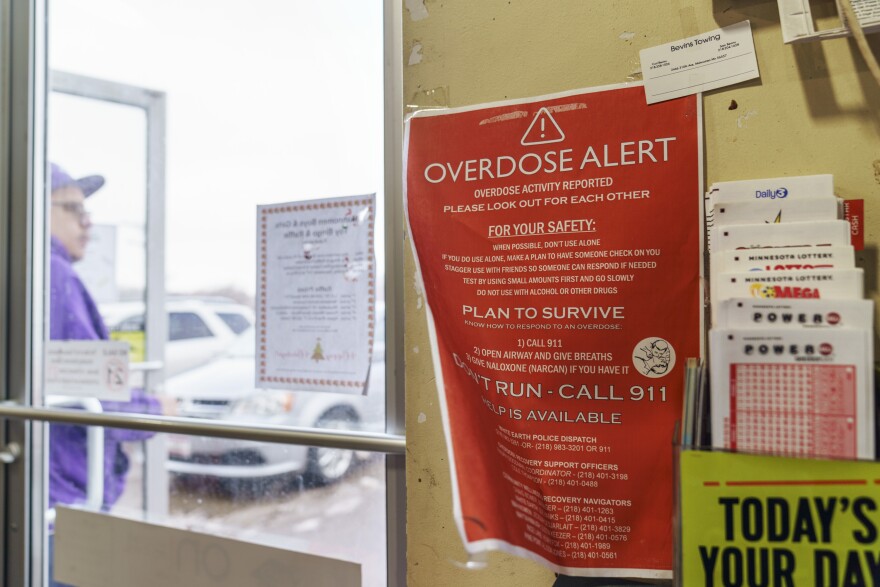Drug deaths in Maine topped 600 for the first time last year as the opioid epidemic continues to worsen amidst the COVID-19 pandemic. And health experts attributed the rising death toll to a combination of more lethal drugs and social isolation caused by the pandemic.
Marcella Sorg with the University of Maine’s Rural Drug & Alcohol Research Program estimated on Tuesday that 636 people died of drug overdoses in 2021, although she told state lawmakers that the figure is an estimate because of a slow-down in lab processing. Sorg pointed out that 636 deaths would be a 23 percent increase in fatalities compared to 2020. Sorg, who compiles drug overdose data for the state, said 77 percent of last year’s deaths were due to fentanyl, a synthetic opioid that is up to 100 times more potent than heroin.
"Fentanyl is hidden in the supply and it is extremely available,” she told members of the Legislature’s Health and Human Services Committee. “The isolation, which has been made worse by the pandemic, people are using alone. But with fentanyl, you need instant response with naloxone."
Sorg estimates that 93 percent of the more than 8,000 overdoses reported in the state last year were not fatal, which she attributes to Maine's widespread distribution of the reversal drug naloxone, also known as Narcan. Law enforcement officers were responsible for more than 300 of those overdose reversals. But she acknowledged that the state’s data is an undercount because many overdoses and successful reversals are never reported.
“I can’t imagine what it would be if we hadn’t distributed all of that naloxone,” Sorg said. “I know that we have heard anecdotally through the syringe-exchange folks that they thnik that three-quarters of the overdoses that occur don’t ever call 9-1-1.”
Roy McKinney, director of the Maine Drug Enforcement Agency, said fentanyl not only continues to the primary driver of overdoses but that it also presents increasing danger to the officers who must handle the potent drug. Additionally, data presented by McKinney to the committee showed that MDEA agents seized more than 34,000 grams of fentanyl, heroin, methamphetamine and cocaine or cocaine-base drugs last year compared to roughly 17,500 grams in 2020.
“For 2021, I must say that the quantity of drug seized, we have never seen this amount previously,” McKinney said.



